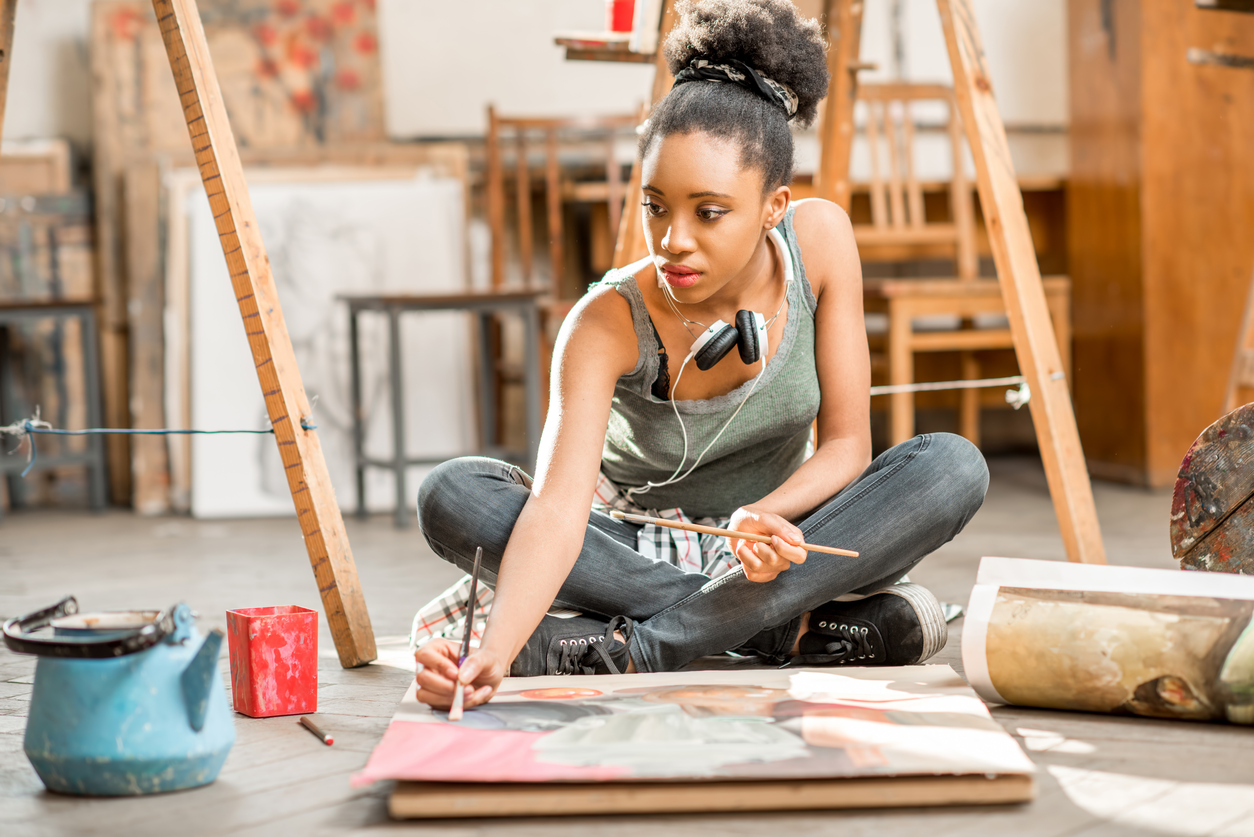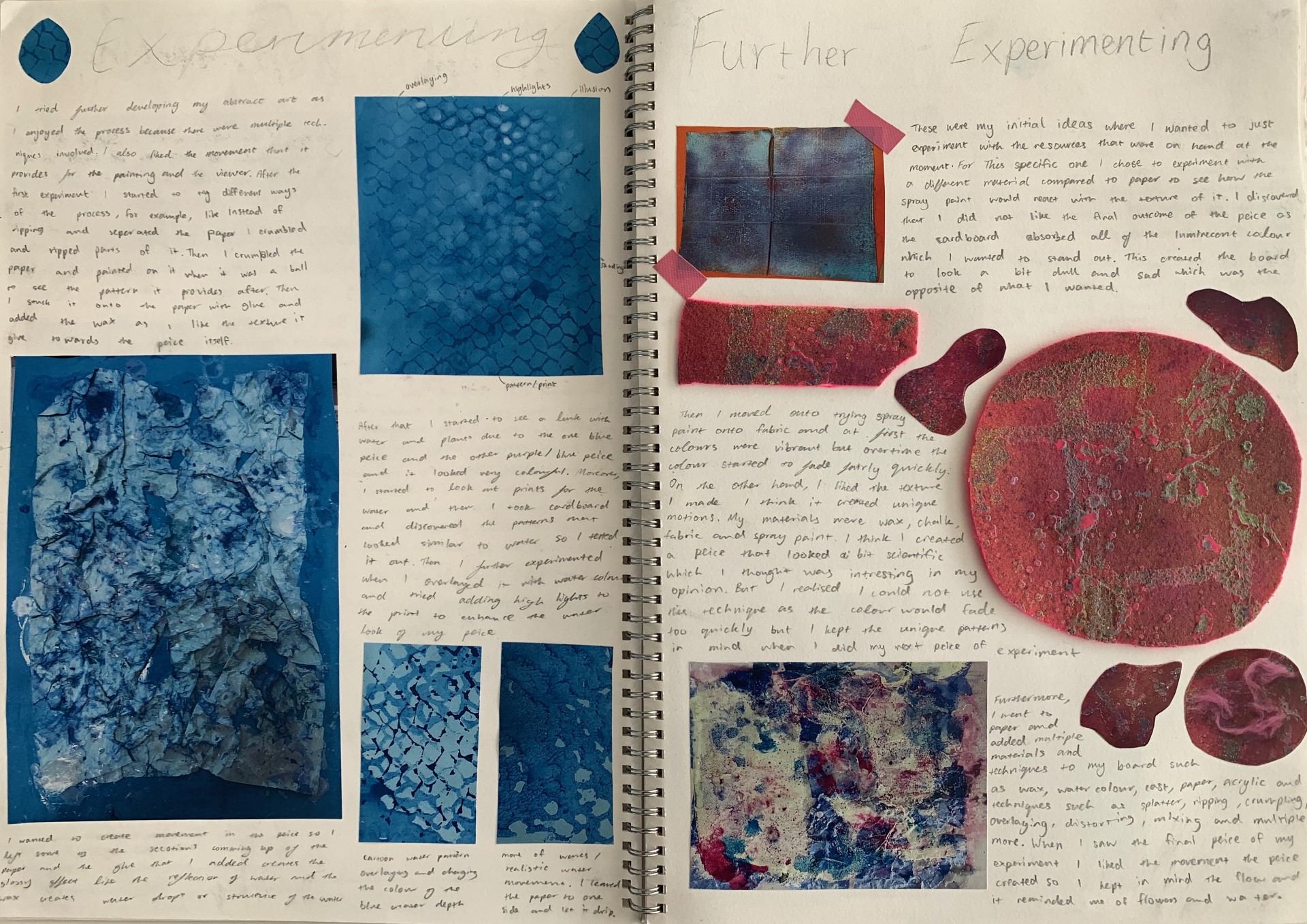Applying for art and design courses: what counsellors need to know
Working with students on applications for art and design courses can be enjoyable and challenging – and a refreshing change from reviewing personal statements

Sponsored by
One of the most enjoyable challenges facing university counsellors is working with students on applications for art and design courses.
Why enjoyable? First, you are part of a creative journey. Second, it is a collaborative process involving the student and the art department.
Why a challenge? That teamwork element is not always easy to develop and maintain in a busy school environment.
Let’s look at some of the key aspects of the process.
Many hands: working with the art department
A-level and IB students will be familiar with the need to record their ideas and experiments in sketchbooks, and to produce a portfolio of their final pieces.
This is where collaboration with the art department is vital, particularly when applications are required around the same time as the art teachers are in the final stages of working with the students on their artwork pieces and portfolios – ready to mark, moderate and submit to exam boards.
Your challenge at this point is to turn this into a positive, by being involved in the development of the portfolios. Often, the requirements of an exam board can be narrower than those of universities, and the teacher’s focus is necessarily on the former. So it can be helpful for you to have an awareness of the full range of work being produced – including a “reserve” portfolio of extra work, which can be adapted to meet the demands of a particular institution.
Keeping track: portfolios
A student applying for, say, five different courses is likely to be faced with five different requirements for the portfolio, including size, content and method of submission.
Some will require supporting sketchbook work; some might ask for fully annotated images; others will ask for basic captions only. And the method of delivery might involve uploading a single pdf, storing a series of jpegs in a zip file, or forwarding a shared link to a Google Slides or Instagram presentation.
What they will have in common is the need for recording through drawing, experimentation with a range of techniques and media and, above all, a clear visual narrative so that admissions tutors can understand the student’s journey to the point of application.
Your students (and their teachers) will be fully occupied in completing their final exam pieces and setting up end-of-course exhibitions, alongside exam preparation in other subjects. So it is the counsellor who needs to have a clear understanding of each institution’s deadlines and portfolio requirements.
Remember that you are working with students who like visual communication, so perhaps summarise the individual requirements visually, for example with a mind map, rather than on a spreadsheet.
Sketchbooks: the journey is as important as the destination
Sketchbooks and supporting studies are the students’ best friends – they say more about the creative process than final pieces. Alongside the portfolio, sketchbooks can be a clear visual representation of a journey, from initial inspirations and experiments through to (not necessarily fully) completed pieces.
However, students can be nervous about submitting work that isn’t “perfect” and will need constant reassurance that the universities want to understand the thoughts and inspiration behind final pieces, including experiments and ideas for future projects.

Getting personal: preparing for interview
Possibly the most daunting aspect of the application is, if required, the interview, which will involve the student talking about a piece or pieces of work from their portfolio. Even practising artists can find it difficult to verbally articulate the ideas, feelings and inspiration behind their work – so imagine what it is like for a 17-year-old to have to share their personal motivations.
Setting up practice interviews is another area where working collaboratively is important. A good starting point is to bring in a local artist (or one of the art teachers who is also a practitioner) to talk about their own work. Follow this up by asking students to give short presentations of their own work to others in their class.
What’s in a name: art foundation and international foundation?
In general, applications for creative courses, whichever countries your students are aiming for, involve three elements: a personal statement, a portfolio and, often, an interview.
For any students applying to UK universities, however, there is an additional step: students need to understand what they are actually applying for. There is often confusion between international foundation (that is, a “pathway” course) and art foundation (properly called a level 3 diploma in art and design).
Put simply, international foundation is for students who are not yet qualified for direct entry on to a degree course. By contrast, art foundation could be considered the first year of a four-year programme, either taught as a stand-alone course or as part of a combined foundation degree course.
Students need to be clear that art foundation is a requirement for many of the top UK art courses, and is the normal route for British students. Following this route will ensure that they can choose the right specialism for the degree course and, just as importantly, understand how to develop their ideas, work independently and articulate their artistic aims visually.
Many universities, as we know all too well, rely heavily on international students’ fees, and so might offer direct entry on to a fashion or interior design degree course to attract students. Saving an extra year’s study and fees is attractive, but students who skip the art foundation can find the jump from school to a focused and specialised creative degree course very stressful, particularly when working alongside peers who have already learned how to work independently in a post-school environment.
If you are lucky enough to work with art and design applicants alongside a creative and supportive art department, the application journey with the teachers and students can be inspirational. And, after a day reading draft personal statements, sitting down with a student to discuss their artwork and creative ideas can make a refreshing change.




